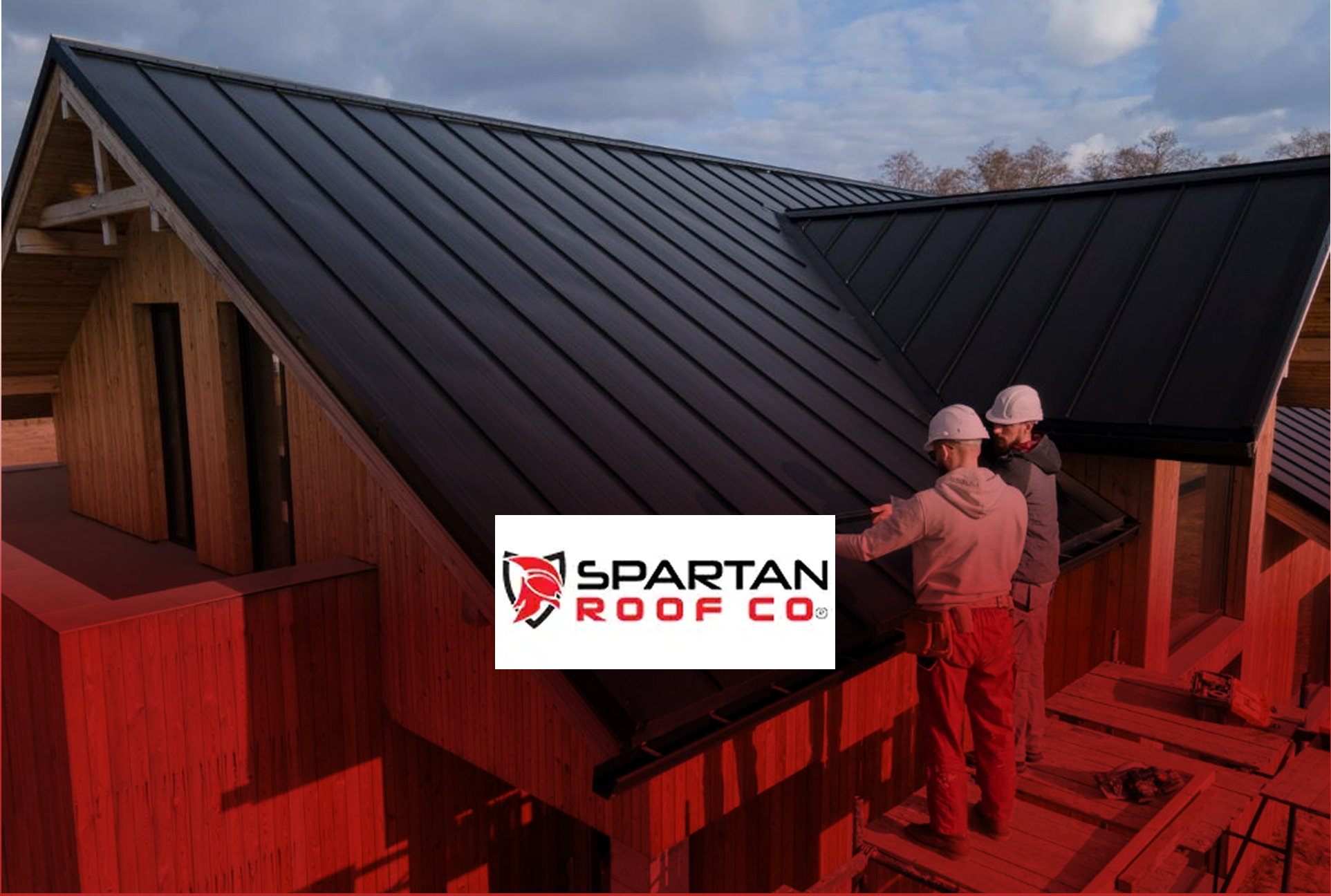When disaster strikes your roof—whether it’s from a storm, fallen tree, or sudden leak—every second counts. Emergency roof situations can quickly spiral into significant structural damage if not handled promptly. Knowing the right steps to take immediately after roof damage occurs can make a huge difference in keeping your family safe and minimizing repair costs.
If you live in NorthPark, Texas, you know how unpredictable the weather can be. From hailstorms to high winds, homes in this area are often exposed to conditions that can cause unexpected roof problems. In this post, we’ll walk you through five essential steps to follow in any emergency roof repair situation, so you’re ready when it matters most.
What Is Considered an Emergency Roof Repair?
An emergency roof repair is needed when your roof experiences sudden damage that compromises your home’s safety or interior. This might include:
-
A large leak or ceiling collapse
-
Severe storm or wind damage
-
A tree falling on your roof
-
Flashing being torn away
-
Major structural weakening or sagging
These issues expose your home to rain, wind, and pests, increasing the likelihood of further water damage or electrical hazards. Acting fast is crucial—not just for your home, but also to preserve your insurance coverage and avoid escalating repair costs.
Step 1: Ensure Your Safety First
Before anything else, make sure you and your family are safe. If the damage is severe or there’s water leaking near electrical wiring, leave the house and contact emergency services. Avoid climbing onto the roof during a storm or in the dark—it’s dangerous and could make things worse.
Once it’s safe, assess the situation from the ground or inside your attic. If there’s active leaking, try to contain it by placing buckets under the water and moving valuable items out of the way. In cases of serious structural damage, call a local roof repair specialist in NorthPark, Texas, immediately.
Step 2: Limit the Damage with Temporary Fixes
While waiting for professional help, you can take temporary steps to minimize interior damage. Use a tarp to cover the affected area if it’s accessible and safe. Secure it tightly with nails or weighted objects to keep out rain and debris.
Inside the home, use plastic sheeting or containers to catch leaks. Soak up standing water with towels or a wet/dry vacuum to prevent mold growth. These short-term measures won’t fix the problem but can reduce the risk of major water or structural damage while you wait for a permanent roof repair.
Step 3: Document Everything for Insurance
Take photos and videos of the damage from multiple angles—both inside and outside the home. This documentation is essential for your insurance claim. Be thorough: photograph shingles on the ground, water-stained ceilings, and any impacted belongings.
Note the time, date, and weather conditions, especially if a storm caused the issue. Keep receipts for any emergency purchases, like tarps or temporary lodging. Most home insurance policies in NorthPark, Texas cover sudden storm damage, but proper documentation is key to getting a fair settlement and fast roof repair service.
Step 4: Contact a Local Roofing Professional
Call a licensed roofing contractor right away. Time is critical in an emergency, and a local roofer will be more familiar with NorthPark’s weather conditions, building codes, and typical roof materials.
Look for a contractor who offers emergency roof repair services, including same-day inspections and temporary coverings. Reputable professionals should be insured, certified, and transparent about pricing. Avoid door-to-door storm chasers or unlicensed workers, as they can do more harm than good.
For urgent help, Spartan Roof Construction provides rapid response services throughout NorthPark, Texas, with a strong record of reliable, long-lasting repair work.
Step 5: Schedule Full Repairs as Soon as Possible
Once the immediate crisis is under control, it’s time to plan for permanent repairs. Your contractor should provide a full roof inspection and a detailed estimate. Depending on the damage, repairs could involve:
-
Replacing missing or broken shingles
-
Resealing flashing and vents
-
Rebuilding roof decking
-
Repairing or replacing insulation and underlayment
-
Full roof replacement in extreme cases
Delaying professional roof repair after an emergency can lead to more expensive problems later, such as mold, wood rot, or compromised structural integrity. Fixing the damage promptly ensures your home stays safe and your roof lasts longer.
FAQs About Emergency Roof Repair
1. What qualifies as an emergency roof repair?
Emergency roof repair is needed when sudden damage creates an immediate risk to your home, such as large leaks, fallen trees, or storm-related destruction.
2. Can I patch my roof temporarily while I wait for help?
Yes, using a waterproof tarp and sealing exposed areas is a smart move. However, these are temporary measures. Permanent roof repair should be done by a pro.
3. How soon should I call a roofing contractor after storm damage?
Immediately. The faster you contact a local expert, the quicker your roof can be assessed and stabilized. Delays increase the risk of interior damage and costly repairs.
4. Will homeowners insurance cover emergency roof repair?
Most policies cover sudden roof damage from events like storms or fallen trees. Document the damage and file your claim promptly to increase your chances of approval.
5. How can I prevent the need for emergency repairs in the future?
Schedule regular roof inspections (twice a year) and perform seasonal maintenance. Keep gutters clean, replace damaged shingles early, and trim nearby trees to minimize risk.






